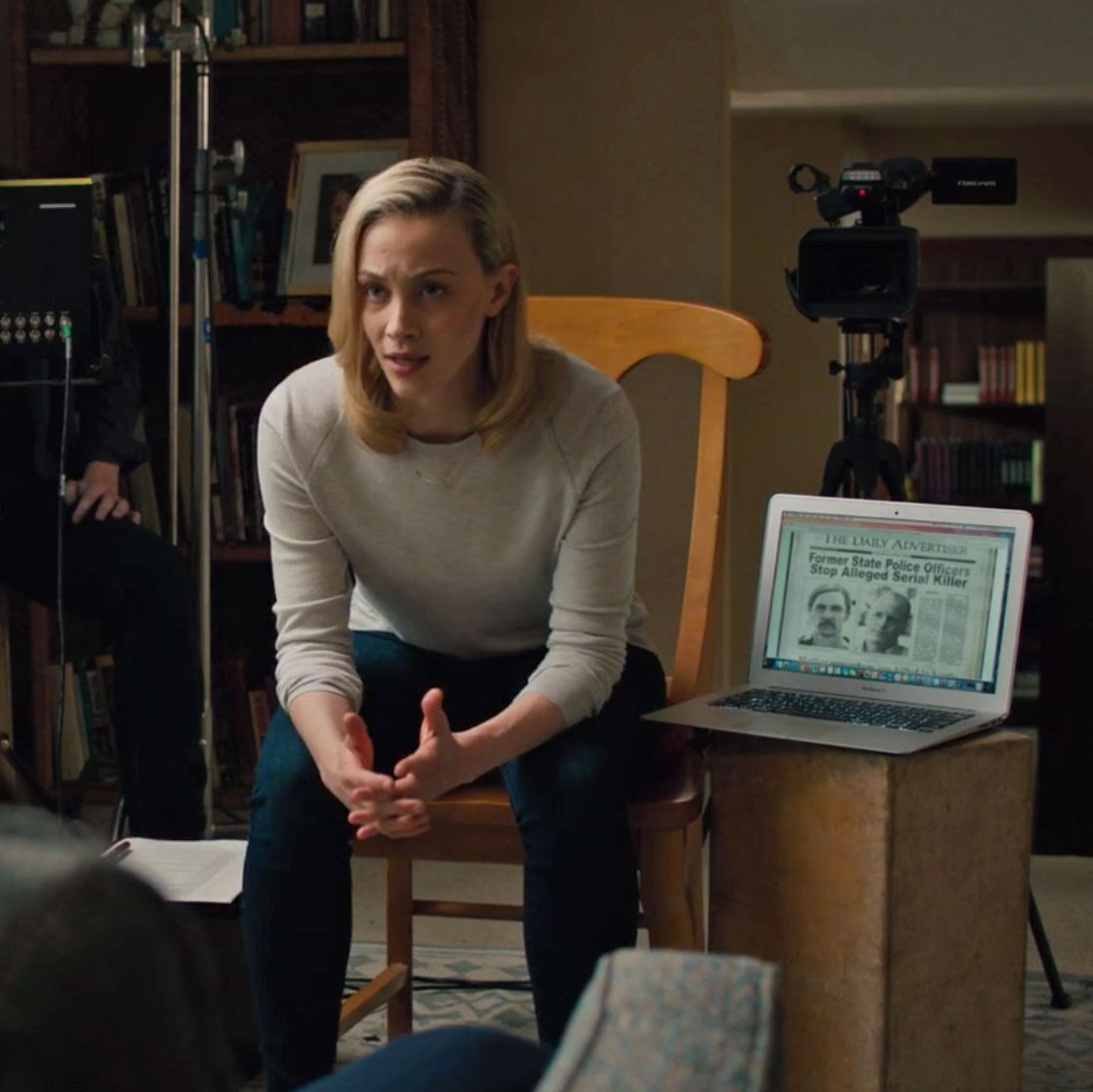

In 1989, an 11-year-old named Jacob Wetterling was abducted and killed along with his brother and friend while the three were riding their bikes home in Minnesota.

In the television series, Wayne’s eventual wife, Amelia Reardon (Carmen Ejogo) who he meets while investigating the case, writes a book about the unsolved Purcell case. Mara Leveritt, a reporter who wrote about the West Memphis Three, published a book called Boys on the Tracks: A Mother’s Crusade for Justice about Linda Ives. Perhaps the most pertinent parallel between this case and True Detective is that both cases were documented by a true crime writer. (Bill Clinton was the governor of Arkansas at the time, so these rumors tended to resurface every time Bill or Hillary ran for office.) The case remains unsolved, and conspiracy theories about government involvement has swirled around the deaths for years. At first, police believed that the boys had died after smoking marijuana and falling asleep, but other evidence suggested that the boys were killed and then moved to another location- much like Will in True Detective. In 1987, two teenage boys, Kevin Ives and Don Henry, were found dead on train tracks in Alexander, Ark. At the beginning of the first episode, the detectives discover a hole drilled inside Will’s closet that allows the viewer to see into Julie’s room and suggest their cousin, Dan, might have been abusing the young girl. Wayne and Roland also linger on a Dungeons and Dragons game in the house of the missing children.īut the show also suggests that the three teen boys could be a false lead. During one of the initial interviews, Roland remarks on the Black Sabbath shirt that one of the teenage boys is wearing and asks him whether the band has anything to do with Satanism. Satanic panic looms large in the first episode of this season of True Detective: Wayne and Roland interrogate three boys who were spotted near the Purcell siblings on the evening that they disappeared. DNA evidence eventually pointed to Terry Hobbs, the stepfather of Steve Branch as a possible suspect. After new hearings, the three accused men were let out of prison.

But in 2007, DNA tests showed that there was no physical evidence that linked the three teens to the murder of the boys.
Draftsight 2016 trial#
After horrible crimes like the Manson Murders and the Ted Bundy murders made headlines, the police, the media and laypeople channeled much of their anxiety about that violence into criticism of certain pop culture phenomena popular among teens, like heavy metal and fantasy roleplaying games.įilmmakers Joe Berlinger and Bruce Sinofsky documented the trial of the boys and the aftermath in the landmark true crime film, Paradise Lost in 1996. The murders rose to national interest in part because of the “Satanic Panic” sweeping the country in the ’80s and ’90s. In 1993, three Arkansas teenagers named Jessie Misskelley, Damien Echols and Jason Baldwin, were convicted of the murder of three 8-year-old boys, Steve Branch, Michael Moore and Christopher Byers.

The West Memphis ThreeĬreator Nick Pizzolato has dismissed the idea that the show was inspired by the infamous West Memphis Three case, but whether intentional or not, a few parallels do exist. Here’s what you need to know about the true stories behind True Detective, Season 3. Many of those details seem to be plucked from real-life cases from the ’80s and ’90s. Hays, who by 2015 is suffering from dementia, searches his memory for the facts of the case as he relates them to the filmmakers. The story is told in three distinct timelines: The crime takes place in 1980, the investigation is reopened in 1990, and the detective who works on both cases, Hays, is interviewed about the case for a true crime documentary in 2015.


 0 kommentar(er)
0 kommentar(er)
